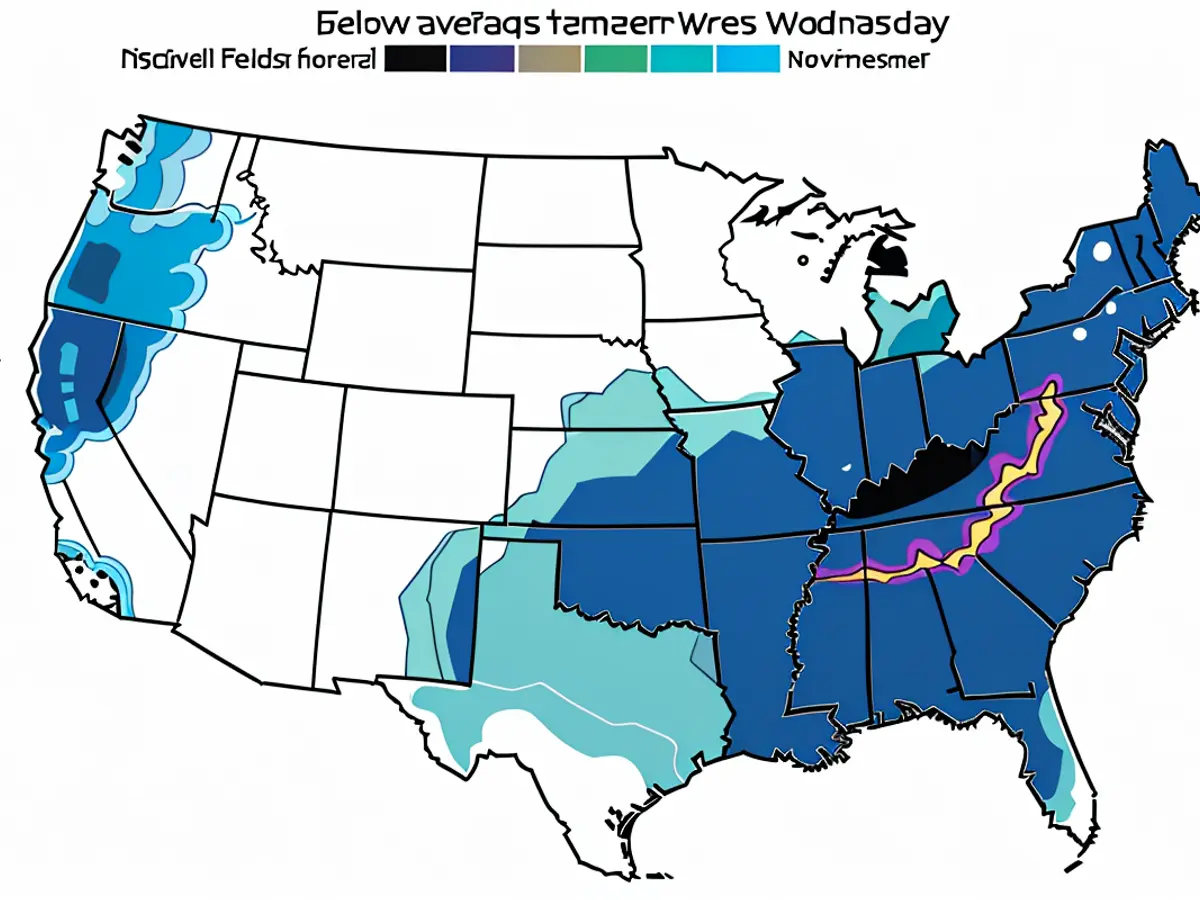South Florida braces for a month's worth of rain due to a weather system being monitored by the National Hurricane Center.
The rain in Florida is coming from a big mess of storms stuck over the state. By the end of the week, the National Hurricane Center predicts these storms have a low chance of turning into the first tropical depression of the hurricane season as they move away from the Southeast coast.
These storms will still bring tropical downpours to Florida, tropical depression or not. Flood warnings are in place for more than six million people in southern Florida on Tuesday. These warnings are set to end Wednesday night, but could be extended since heavy rain is forecasted until Friday.
Some areas of the state could get more than ten inches of rain by Friday, while parts of southwest Florida might see up to twenty inches.
Though Florida is used to a lot of rain, heavy rain events are becoming even heavier due to global warming from burning fossil fuels. These daily downpours are also being driven by a continuous flow of tropical moisture coming from the Caribbean that's heading straight into South Florida along a stationary front.
Initially, this rain will be helpful because half of Florida is dealing with abnormal dryness or drought conditions, with the worst drought occurring in the area that's getting the most rain, according to the US Drought Monitor.
The flood risk will rise as the storms dump more and more rain on the same area day after day, increasing rainfall totals, soaking the soil, and causing waterways to swell.
The heaviest rain is expected Tuesday through Thursday night but bursts of intense rain in other areas could lead to flash flooding, especially in areas with poor drainage.
The greatest risk for seeing 10 inches or more of rain is in the southwestern Gulf Coast of the state, from Sarasota to Everglades National Park. However, flash flooding is still possible in non-high-risk areas due to sudden bursts of intense rain.
How a vast oceanic whirlpool can cause tropical chaos
The moisture that's causing this week's storms usually gathers over the Caribbean Sea and the southern Gulf of Mexico and forms the Central American gyre: a large, scattered area of showers and thunderstorms rotating over Central America and the surrounding waters.
The gyre's wide spin and intense moisture can help tropical systems form in the Caribbean, the Gulf of Mexico, and even the eastern Pacific when all the other necessary components – including friendly upper-level winds and warm ocean water – are in place.
The gyre normally develops in late spring and early summer, which is one reason most June tropical systems appear in the Gulf of Mexico or off the East Coast of the US.
Though there's enough hot water in the Caribbean and the Gulf of Mexico, upper-level winds, known as wind shear, are too disruptive right now for any tropical systems to form in these regions, according to meteorologist Jon Rizzo of the National Weather Service in Key West, Florida.
What these storms are actually doing, though, is making it rain even more in the Gulf Coast area, just like what's happening to Florida this week.
"The mere fact that the Central American gyre is forming tells us that summer is here and it's time for the rainy season," said Jon Rizzo, a meteorologist with the National Weather Service in Key West. June, July, August, and September are usually the wettest months in much of Florida, and these storms greatly contribute to the rainfall each year during this period.

Read also:
Despite the National Hurricane Center's prediction of a low chance of tropical depression formation, the storms will still bring heavy tropical downpours to Florida, leading to flood warnings for over six million people. These warnings may be extended due to forecasted rain until Friday, with some areas potentially getting over ten inches and southwest Florida up to twenty inches.








